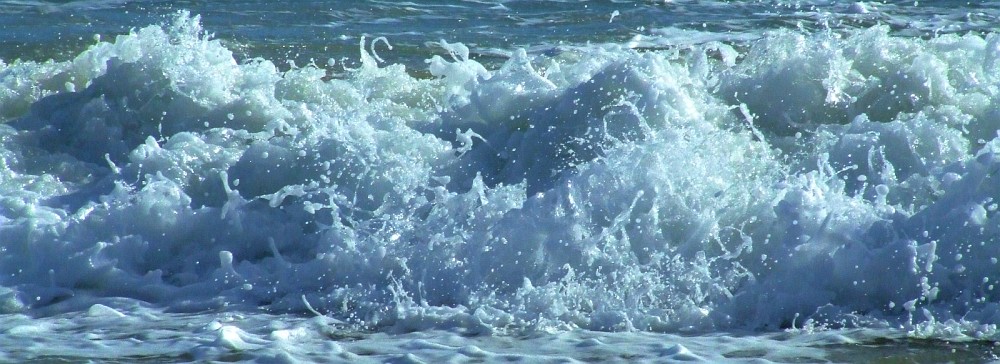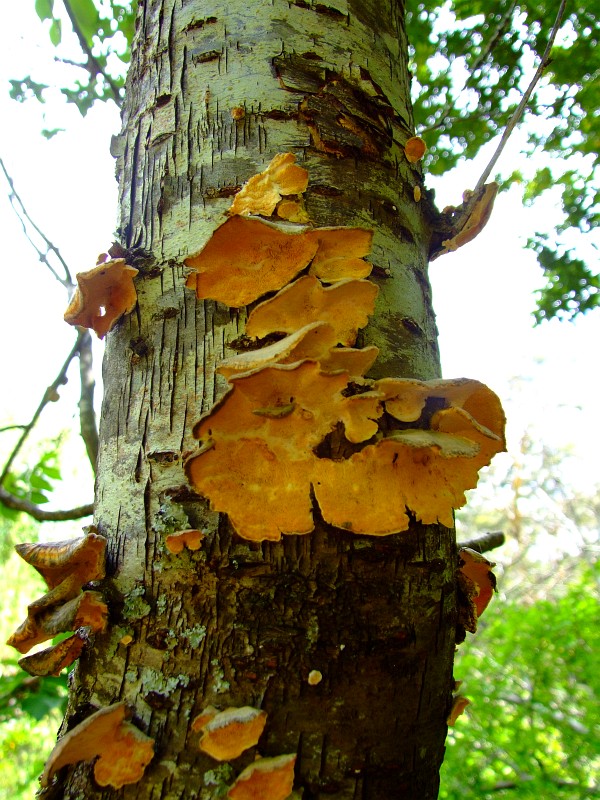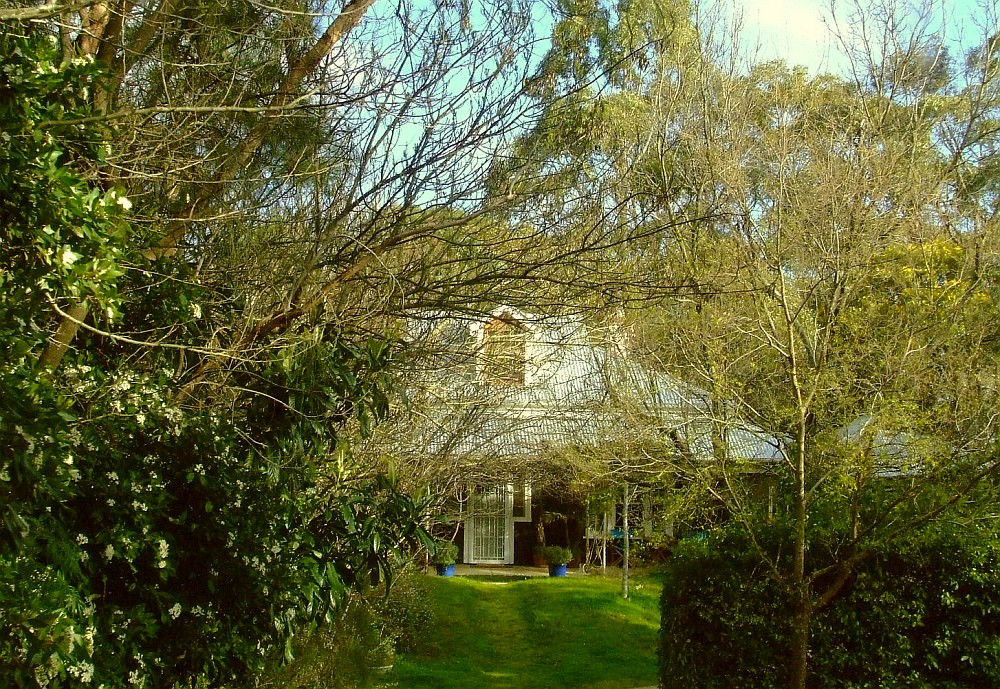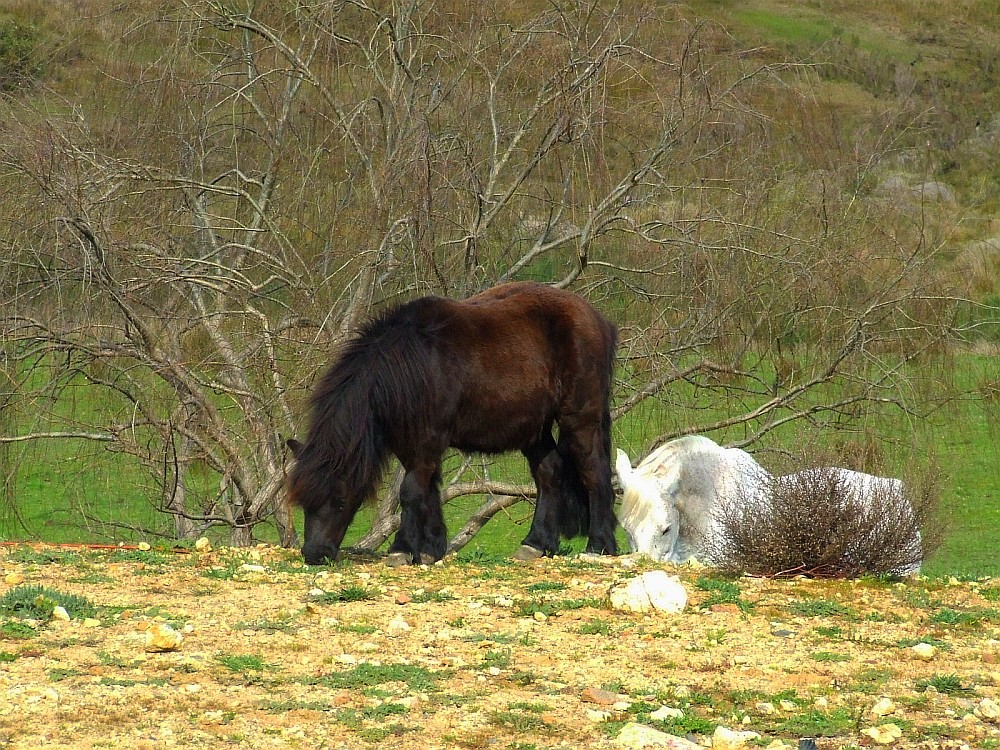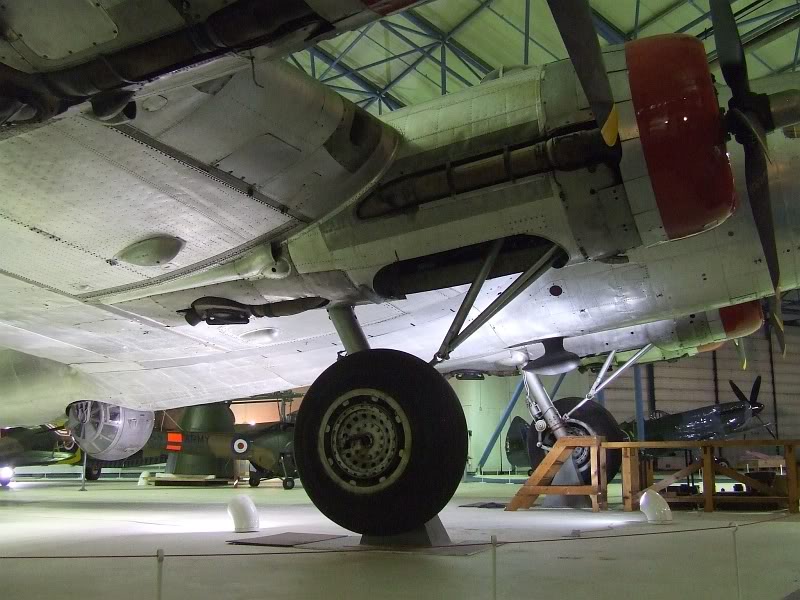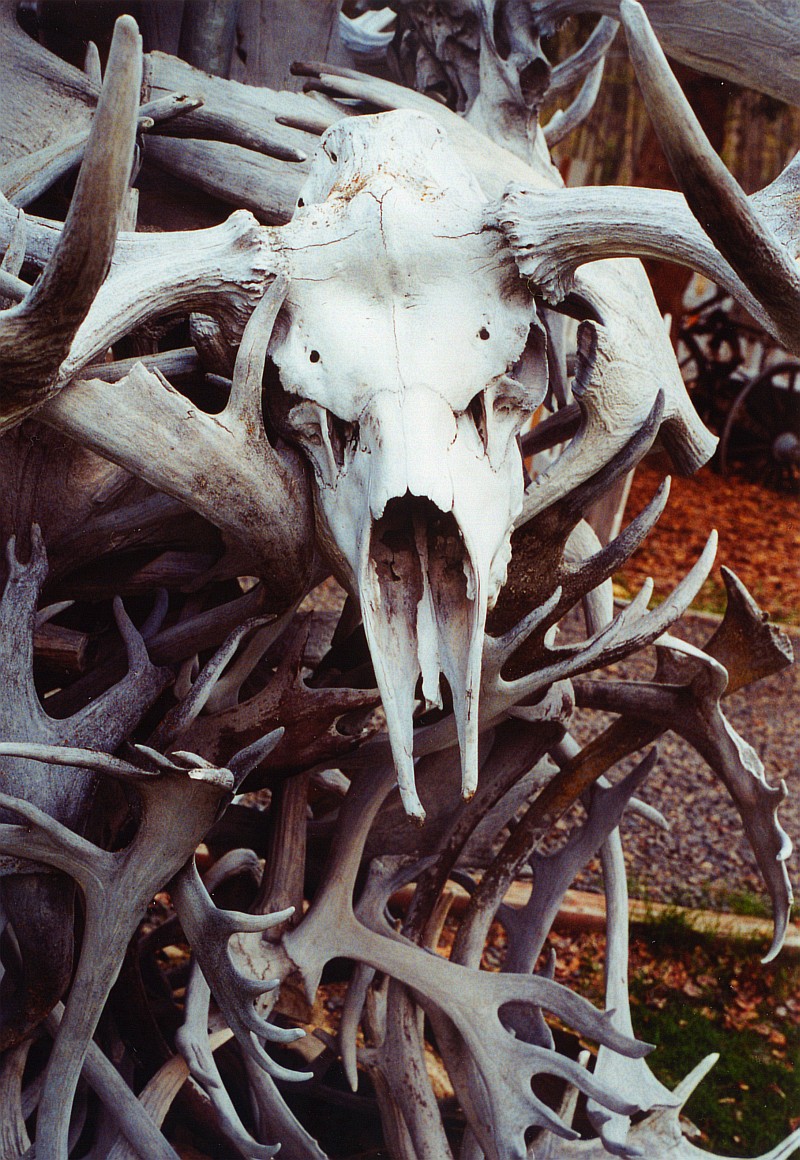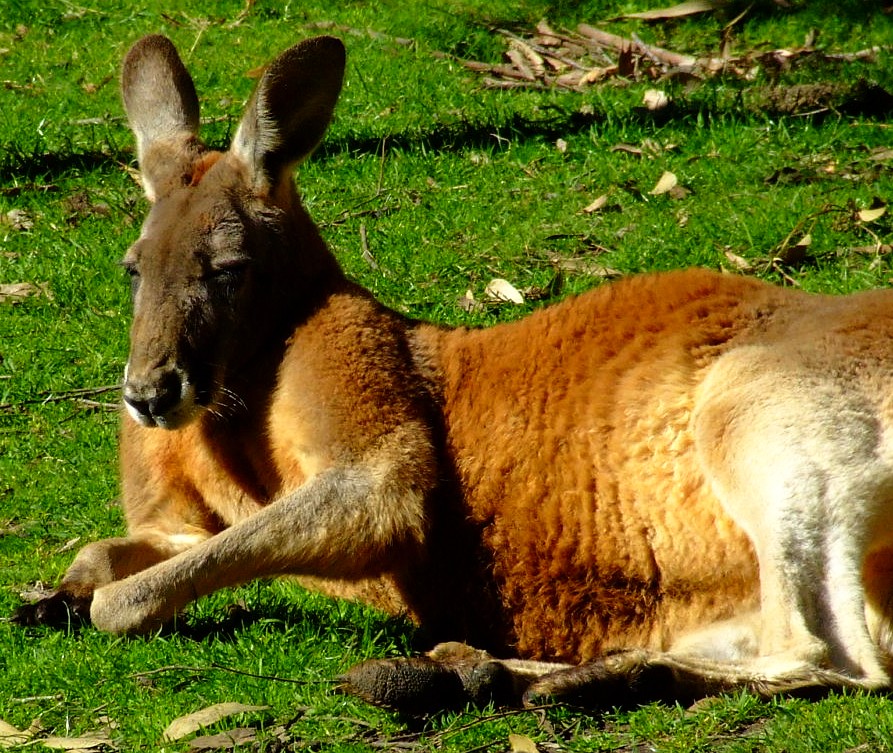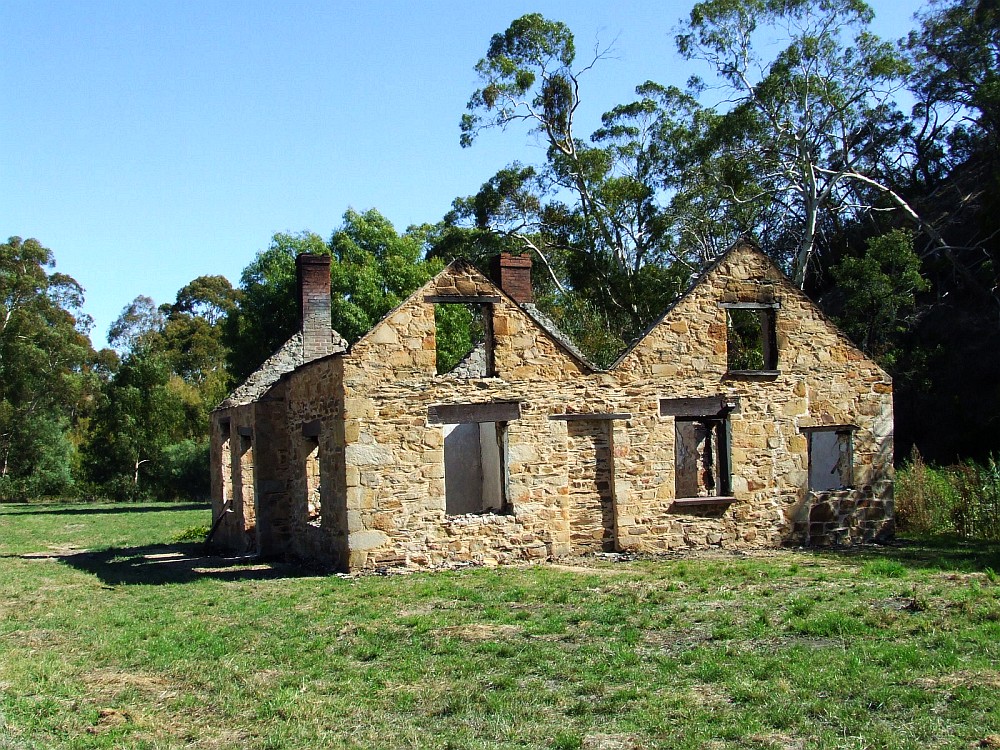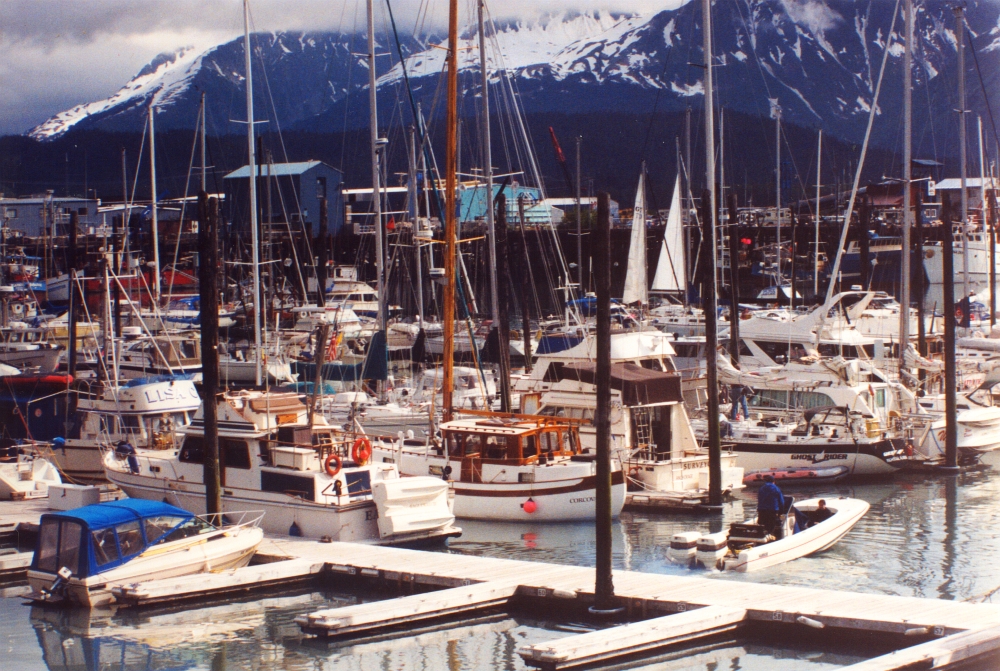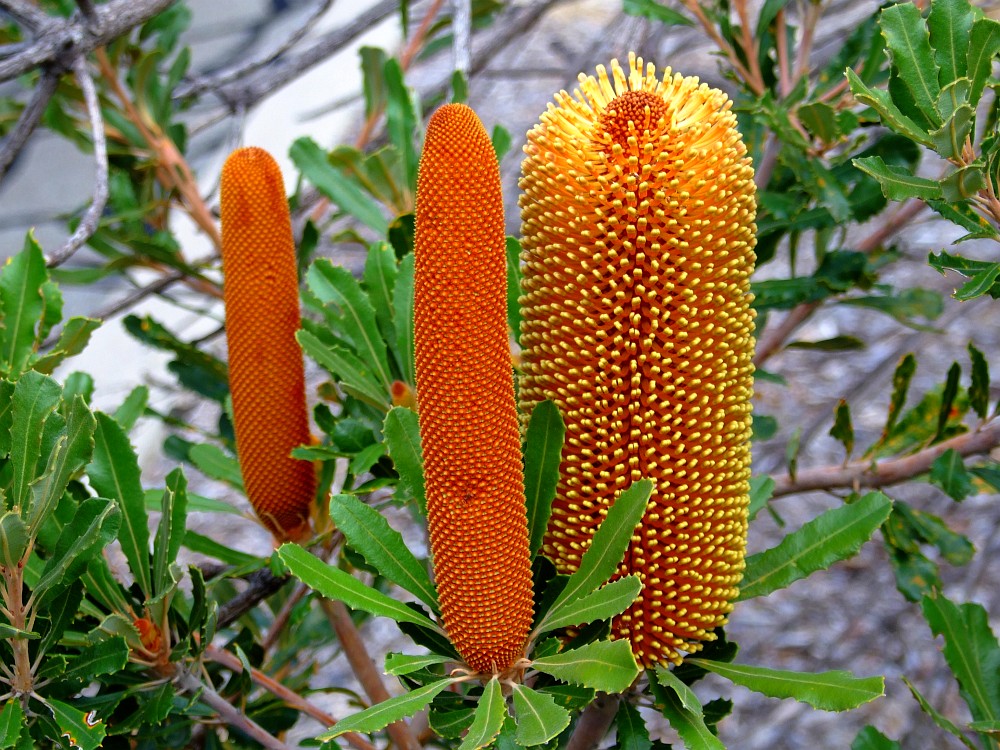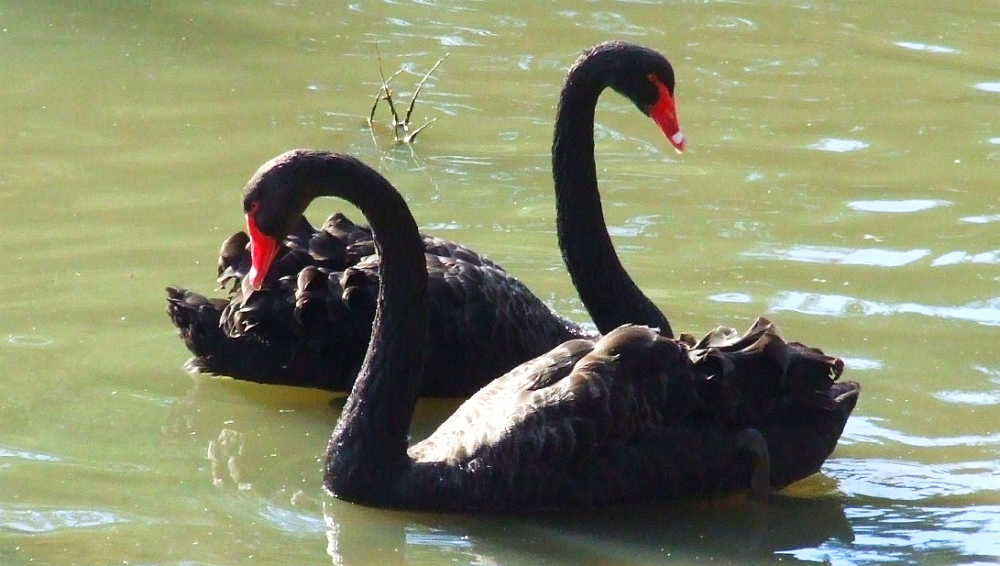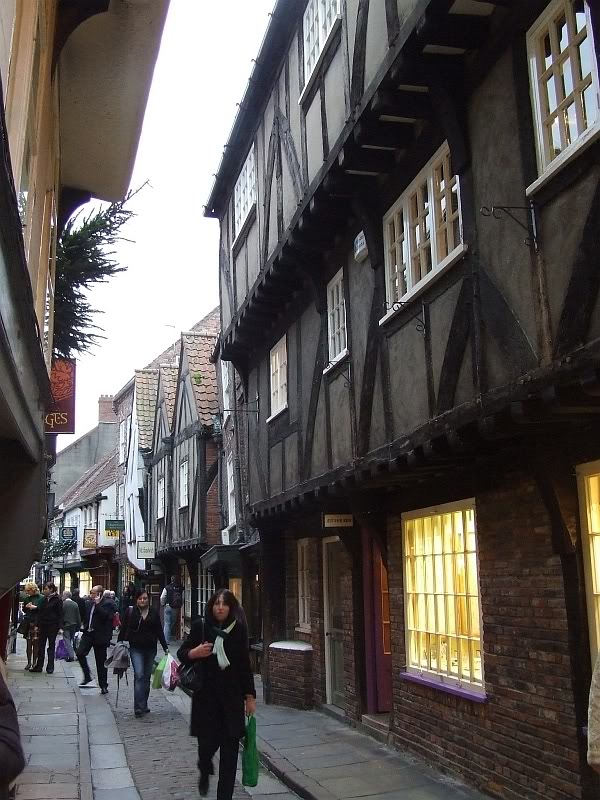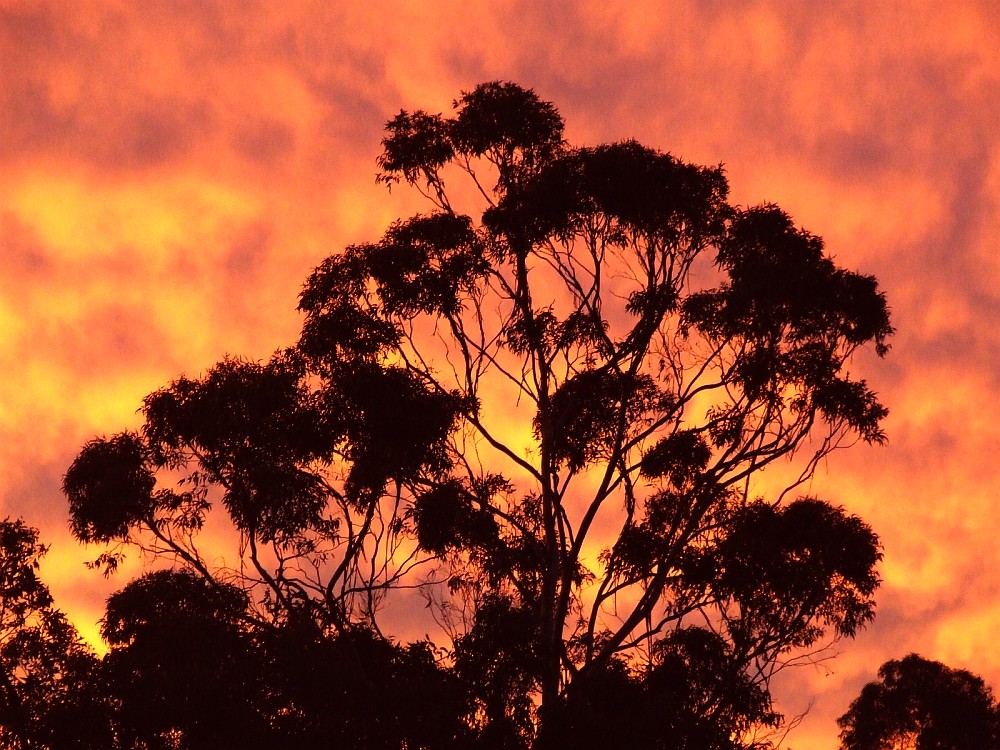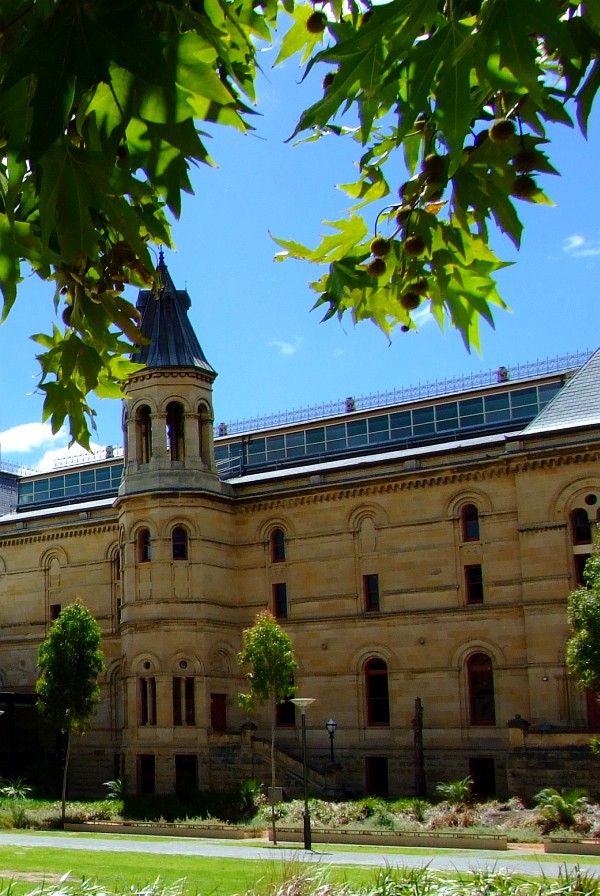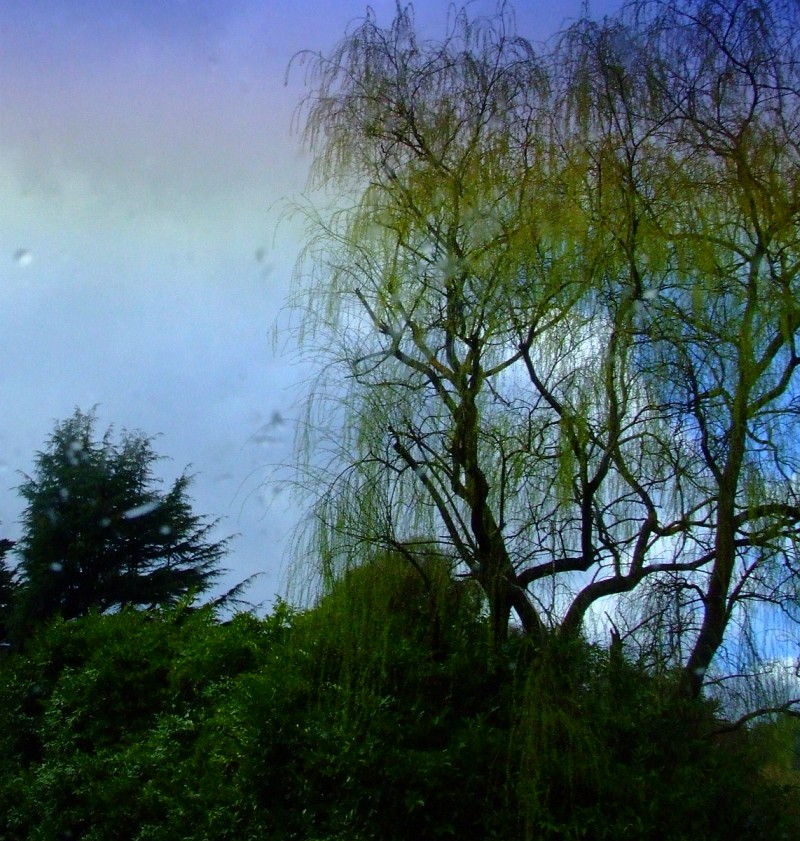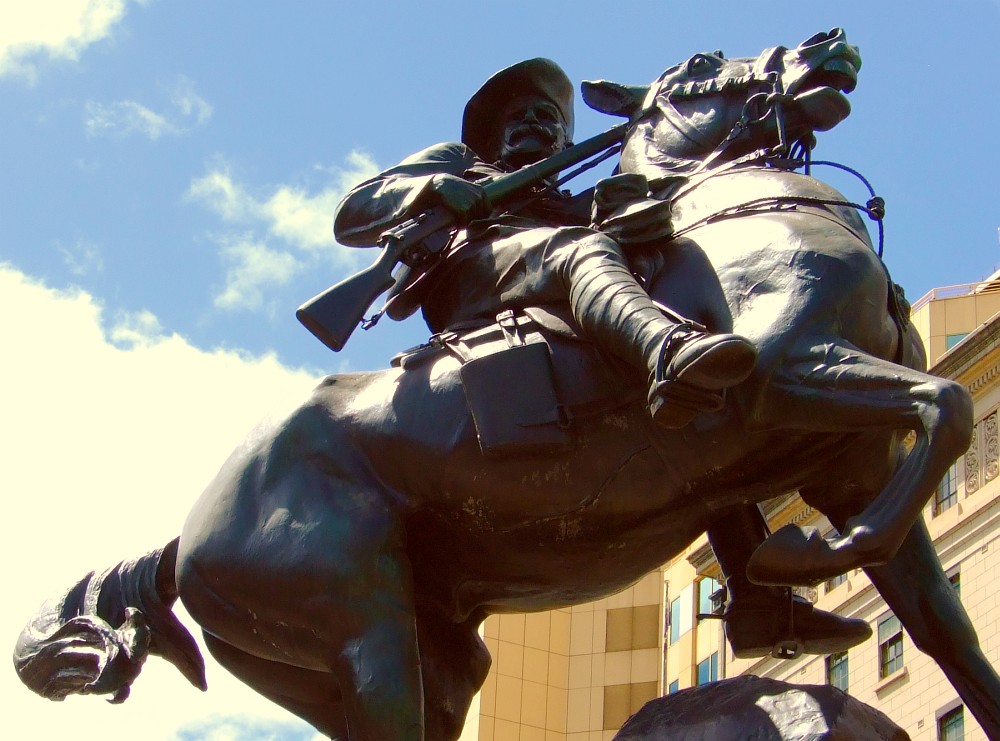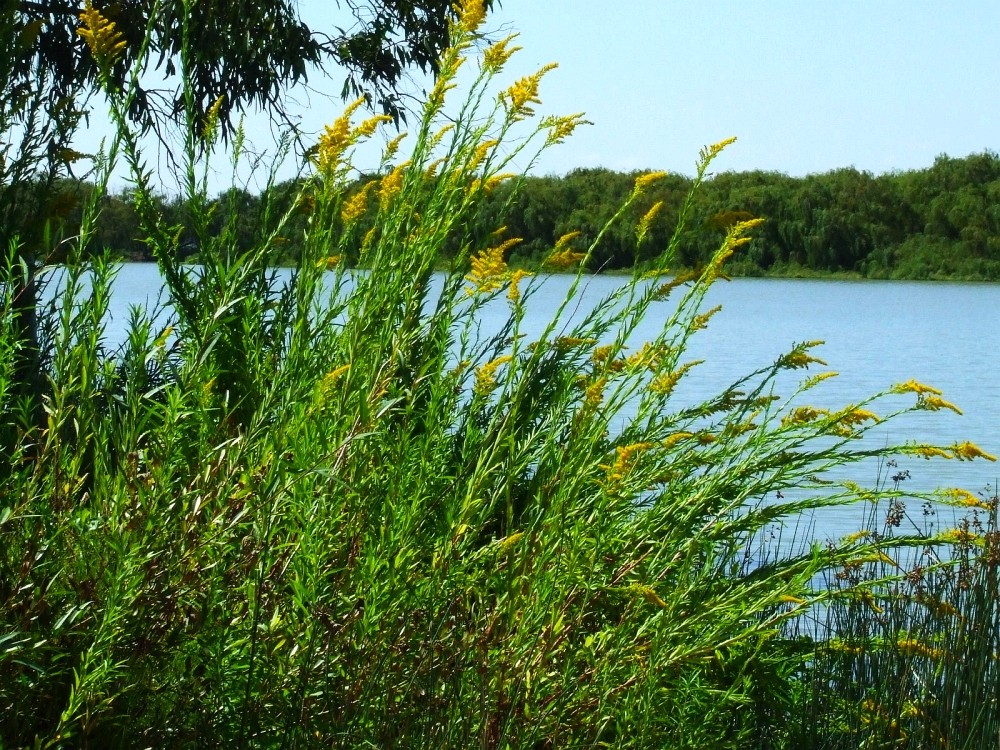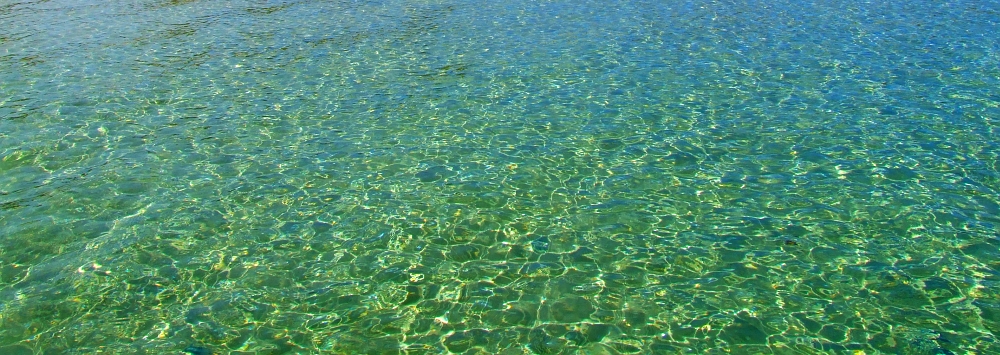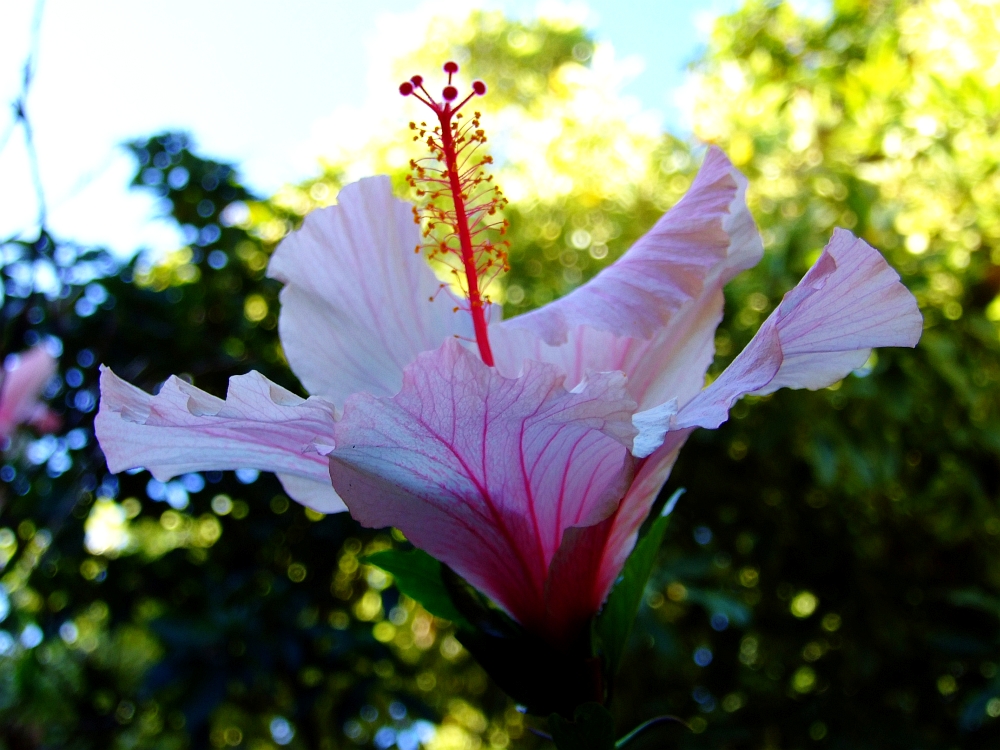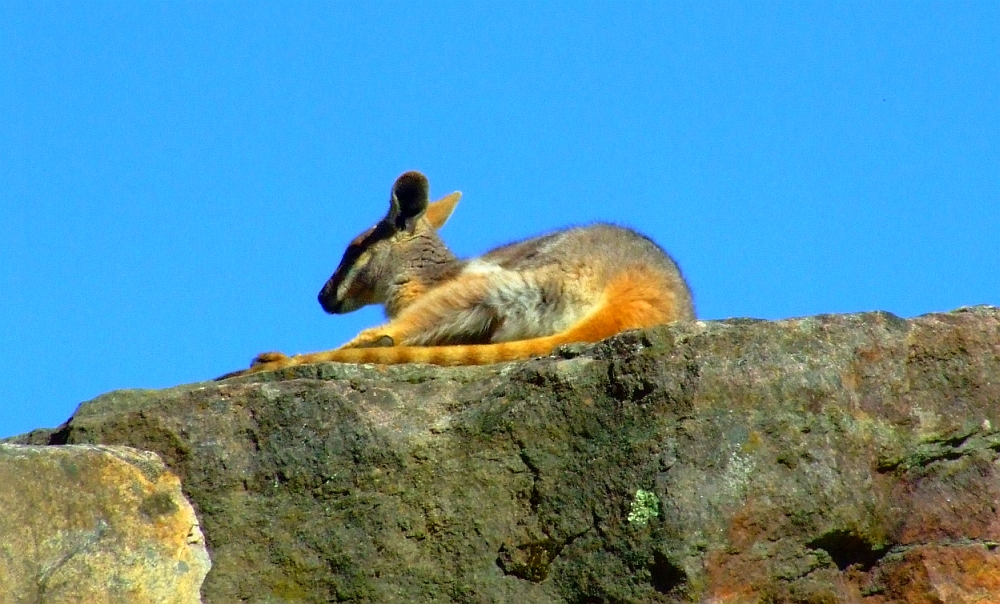Click image to view at 800 pixels wide
What is futuristic in one decade is familiar in the next and downright passe as time goes by, but no less a part of the landscape. This is the Festival Plaza, behind Parliament House, Adelaide, South Australia, looking toward the smaller of the two auditoria of the Festival Theatre Complex, built in the mid-1970s. The architectural style was definitely futuristic at the time, Adelaide competing on a smaller scale with the Sydney Opera House which at that time had become an Australian landmark and icon. The Plaza with its modern art public sculptures dates from a little later in time I think, but is definitely the primary colours and abstract angles of generations gone by. Has it aged well? That's a question for art critics, but it certainly makes for an almost-surreal photograph: the unchanging nature of the primal sky above yesterday's ambition to project today into tomorrow. Fuji FinePix S5600, automatic; February, 2009. Image by Mike.
What is futuristic in one decade is familiar in the next and downright passe as time goes by, but no less a part of the landscape. This is the Festival Plaza, behind Parliament House, Adelaide, South Australia, looking toward the smaller of the two auditoria of the Festival Theatre Complex, built in the mid-1970s. The architectural style was definitely futuristic at the time, Adelaide competing on a smaller scale with the Sydney Opera House which at that time had become an Australian landmark and icon. The Plaza with its modern art public sculptures dates from a little later in time I think, but is definitely the primary colours and abstract angles of generations gone by. Has it aged well? That's a question for art critics, but it certainly makes for an almost-surreal photograph: the unchanging nature of the primal sky above yesterday's ambition to project today into tomorrow. Fuji FinePix S5600, automatic; February, 2009. Image by Mike.









